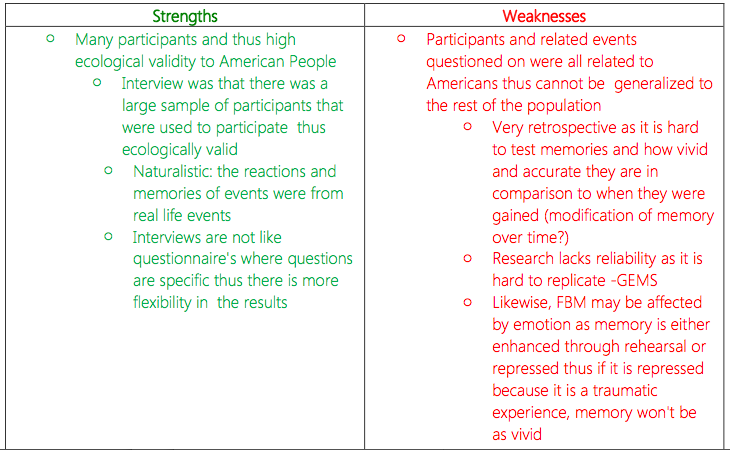Important Modes of Reproduction found in the class.
Vertebrata lanosa (Linnaeus) T.Christensen. Also known as Polysiphonia lanosa (Linnaeus) Tandy Common name: Olann Dhearg (Irish). Description: Cartilaginous, cylindrical, densely tufted, dark reddish-purple fronds, to 75 mm long, attached by creeping rhizoids with branches penetrating the host fronds of Ascophyllum nodosum.Repeatedly pseudodichotomously branched, apices pointed, widely forked.Occurrence of Polysiphonia 2. Cell Structure of Polysiphonia 3. Growth 4. Life Cycle. Occurrence of Polysiphonia: Polysiphonia is a large genus with about 200 species. The genus is represented in India by about 16 species found is southern and western coasts of India. Some common Indian species are P. ferulacea, P. urceolata and P. variegata.Polysiphonia: Occurrence, Thallus Structure and Reproduction! Class: Rhodophyceae: The algae of class Rhodophyceae are commonly called red algae due to their red colour Rhodophyceae is represented by about 831 genera and 5250 species.
Polysiphonia elongata is a small red alga which, unlike some other species of Polysiphonia, does not grow as tufts. It has erect cylindrical main branches and is densely branched growing to a height of 30 cm. The main branches bear lateral branches, each branch consists of a central axes of cells with four periaxial cells. These periaxial cells.Ionic Exchange Between Tissues of Ascophyllum nodosum (1.) Le Jolis and Polysiphonia lanosa (1.) Tandy MICHEL PENOT Received July 17, 1973, and February 4, 1974 With 2 figures Summary Chemical analyses reveal some important differences in the quantltles of K, Na and especially phosphorus in the tissues of Ascophyllum nodosum (L.) LE JOLlS and Polysiphonia lanosa (L.) TANDY.

Important modes of reproduction found in the class polysiphonia are as follows: The reproduction takes place by means of vegetative, sexual and asexual methods. There are three types of plants, i.e., male, female and tetrasporophyte. The male plants bear antheridia and the female the procarps.












